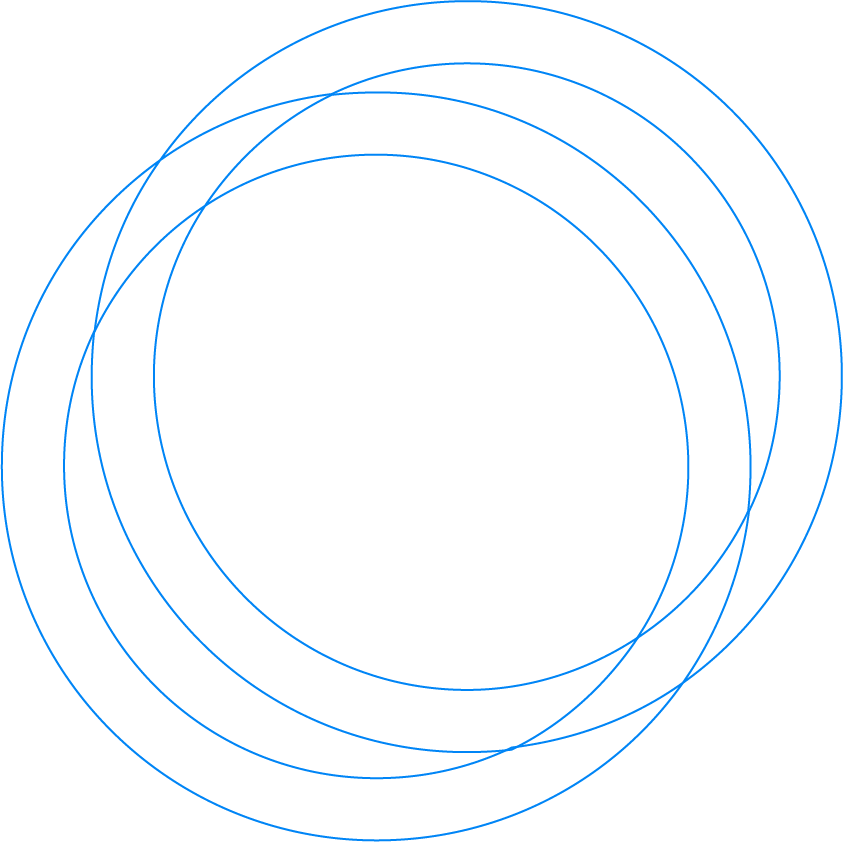Survey & Robotics
Mooring Chains Inspection
(UWILD – ABS Class Inspection)
Background
As part of an ABS 5-year renewal program, Tullow Ghana Limited (our client) required a full inspection of mooring chains to verify the integrity of their mooring system. The goal was to meet class requirements while ensuring the long-term reliability of the asset’s station-keeping system.

The Challenge
The inspection scope covered mooring lines from the near splash zone down to the suction piles on an FPSO. Work included visual inspections, dimensional measurements, and 3D modelling of selected chain segments. The project presented several challenges:
- Restricted ROV access due to FPSO draught and strong currents.
- Operational limits of ROVs in very shallow water.
- Requirement for accurate chain measurements despite chain motion.
- Need for advanced photogrammetry on corroded links for precise assessment.
Our Solution
Our team executed the ABS class inspection using a combination of advanced tools and tailored methodology:
- Visual Inspection (GVI/CVI): Conducted along the full chain length from near splash zone to suction piles.
- Dimensional Measurements: Sidebar diameter, intergrip length, and link length captured on selected segments using Ashtead Technology’s Optical Chain Measurement System (CMS).
- 3D Modelling: Applied to top chain sections to overcome motion restrictions and generate accurate digital geometry.
- Photogrammetry: Deployed on corroded links to quantify material loss and support detailed analysis.
- Seabed & Connector Survey: Included CP readings, seabed trenching checks, and verification of connector integrity at pile sections.
The Result
- ABS Class requirements for the 5-year renewal were successfully met.
- Certified chain measurements and 3D models were generated for future monitoring.
- Localized corrosion and MIC indications were identified early, enabling planned follow-up and mitigation.
- The mooring system was confirmed to be generally in good condition, with connectors, polyester sections, and pile interfaces showing no integrity concerns.
Conclusion
By combining optical measurement, 3D modelling, and photogrammetry with conventional inspection methods, we delivered a complete integrity assessment of the mooring system from splash zone to seabed under challenging conditions. This ensured class compliance while providing valuable insights for long-term mooring integrity management.
Have a project in mind?
Speak with our specialists to explore the best solution for your operations

